Document Type
Article
Publication Date
2023
Abstract
This article presents a novel data set describing the frequency of materially inadequate homeowner insurance in the event of a total loss. For decades, after a natural disaster, large percentages of homeowners who have lost their homes report suffering a second devastating loss — that, entirely to their surprise, they are vastly underinsured. These reports provocatively suggest that a large majority of all insured homes in the United States — not just homes destroyed by a natural disaster—might be profoundly, unknowingly, and unintentionally underinsured. Insurance companies reject this possibility. Insurers posit that underinsurance is rare, that other than after natural disasters it may be almost unheard of, and that no matter when it occurs, homeowners are at best complicit. Until now, there has not been robust data that could resolve insurers' and insureds' competing narratives. The novel data set presented in this article may end the ambiguity of data on the frequency of and predominant cause of underinsurance. The new data describes that the point-of-sale algorithms insurers ubiquitously use to estimate how much it would cost to rebuild the insured home, and homeowners then almost inevitably rely upon to identify adequate policy coverage, persistently understate costs. By clarifying the cause of underinsurance, the novel data set also explains why underinsurance persists despite the collective desire of homeowners, insurers, and regulators that homes be fully insured. The data exposing the algorithm error rate heretofore only has been visible to insurers. This heretofore has left insurers with an untenable choice. An insurer who unilaterally corrects for the error also must unilaterally raise coverage and premiums, and so will be at a competitive disadvantage. But antitrust laws put insurers in legal peril if they act collectively. This article, after presenting the data and its implications, ends by proposing a new jurisprudential paradigm allowing insurers to profitably and successfully compete while resolving the ubiquity of homeowners being unwittingly underinsured.
Recommended Citation
Kenneth S. Klein,
The Unnatural Disaster of Insurance, Underinsurance, and Natural Disasters,
30
Conn. Ins. L.J.
1
(2023).
Available at:
https://scholarlycommons.law.cwsl.edu/fs/440

